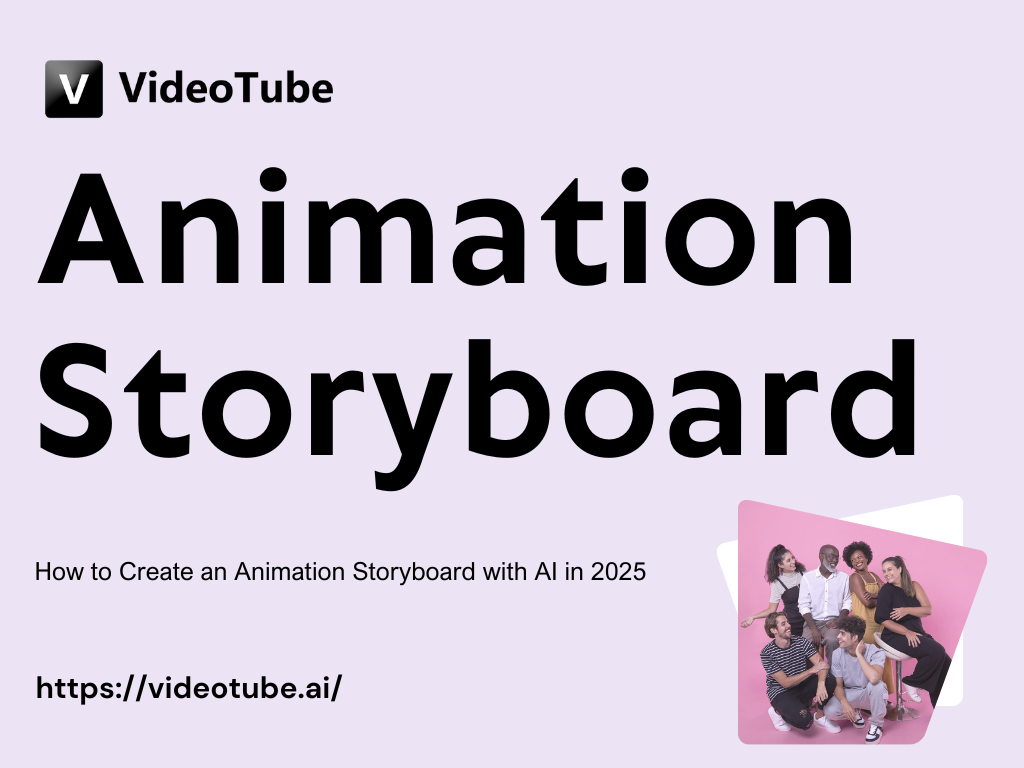How to Make an AI Generated Sad Cat Story in 2025
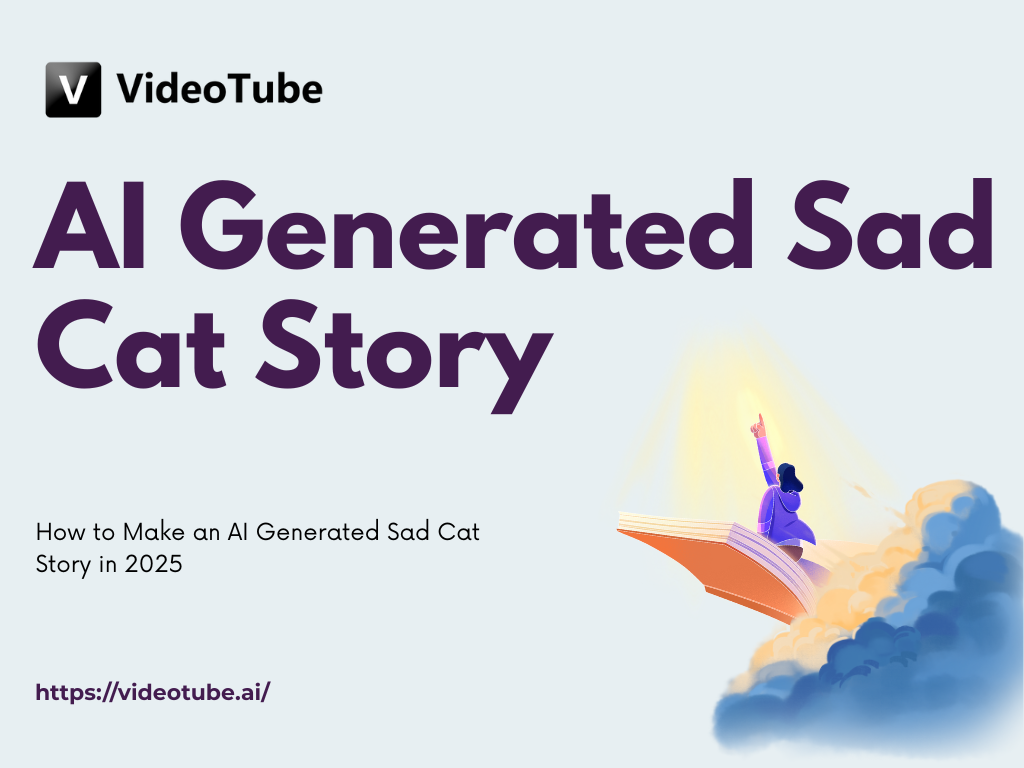
Why Sad Cat Stories Are So Powerful in 2025
Humanity has always resonated with emotional narratives—and in 2025, an AI generated sad cat story cuts through the noise with uncanny empathy. These tales, blending feline vulnerability with technological artistry, tap into a collective yearning for connection. A visiting AI empathizes with your sorrow as if it had whiskers and a soft purr. The result? A story that makes readers feel with unprecedented intensity.
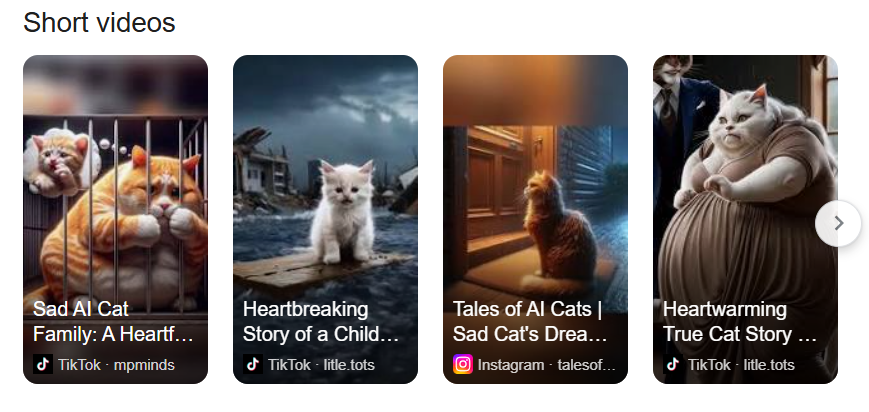
The Rise of Emotion‑Driven AI Fiction
2025 isn’t just about smarter AI—it’s when artificial intelligence truly gets a grip on human emotion. The latest fiction models? They don’t just spit out generic stories anymore. Now, they’re fine-tuned to track emotional beats, tone, and pacing, delivering narratives with a precision that’s honestly a little uncanny. Thanks to advanced sentiment-driven prompts and VideoTube’s AI Shorts integration, creators can instantly produce short, emotionally-charged clips—think a cat losing its favorite toy, or even its owner. These concise, vivid narratives are custom-built for social sharing, maximizing engagement and boosting the reach of your AI-generated content across platforms.
Why Cats Continue to Capture Readers’ Hearts
Cats are hard-wired to charm: aloof mystery, cozy companionship, and a silent dignity—until they suffer. In an AI generated sad cat story, the heartstrings are pulled by contrast: a regal creature brought low. Like a Shakespearean tragedy wrapped in purring fur, these stories combine feline elegance with raw emotion. What’s more, cats’ facial expressions are subtly interpretable, perfect for AI to simulate micro‑moments of pain or longing. No wonder our hearts crack open just when the tail’s about to wag.
Examples of Viral AI Sad Cat Stories
On TikTok and YouTube, videos like “Kitten Can't afford an Ice Cream” and “Dad-and-Son AI Cat Duo” have gone viral, each combining poignant themes with a touch of whimsy. A popular Daily Dot piece describes AI-generated cat soap operas featuring a tabby named Chubby facing homelessness and betrayal—backed by Billie Eilish–style melancholy. These stories aren’t just sad—they’re smart emotional triggers, distilled into ultra-shareable VideoTube AI Shorts clips that pack maximum punch in minimal time.
Choosing the Right AI Tools for Writing a Sad Cat Story
Picking the right toolbox in 2025 is like selecting a paintbrush for a masterpiece. You need:
- Emotionally intelligent LLMs – must understand grief, loss, affection.
- Media integration – able to format stories for text, visuals, and VideoTube AI Shorts.
- Fine‑tuning capability – to shape tone toward feline melancholia instead of generic despair.
With the right blend, your AI generated sad cat story isn't just text—it's an immersive emotional experience.
Top AI Story Generators for Emotional Narratives
- OracleTales GPT‑X: excels at layered emotional arcs, ideal for crafting back‑story, betrayal, and redemption.
- FelineSaga AI: fine-tuned on cat lore and popular cat‑sadness memes—great for diary‑style narratives.
- OpenAI’s GPT‑4o: a flexible powerhouse able to generate both prose and VideoTube AI Shorts scripts with sentiment tags.
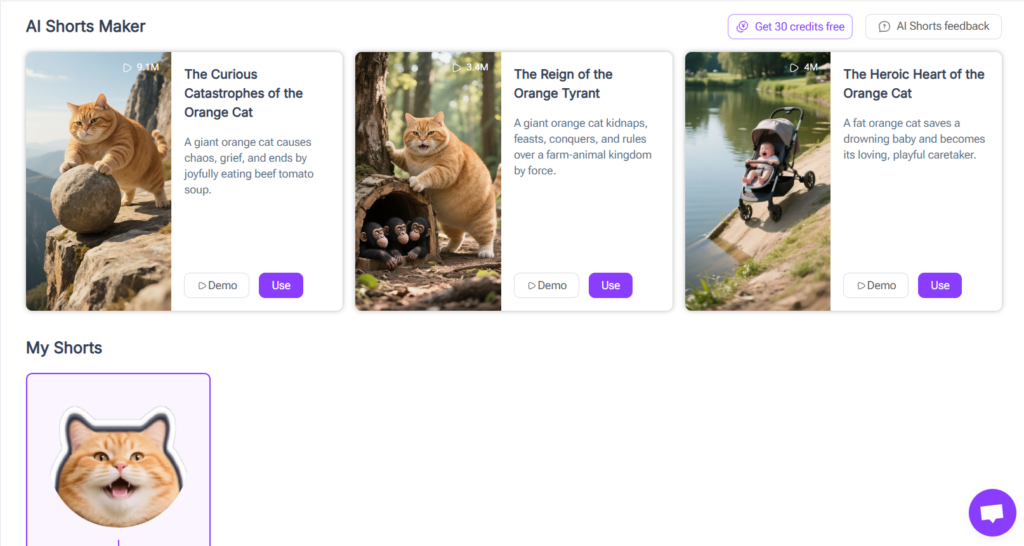
These tools make it easy to structure an AI-generated sad cat story with emotional peaks that hit just right.
What Features to Look for in 2025
By now, a strong AI story generator should offer:
- Sentiment prompts: to flag sadness, nostalgia, longing.
- Emotion tagging: automatic insertion of cues like tear‑jerker alert.
- Media pipelines: export to text, video, and VideoTube AI Shorts-compatible formats.
- Customization wizards: set character traits such as "timid tabby" or "elderly stray."
- User feedback loops: so you can tweak scenes until the story digs deep.
Choose tools with those features, and your AI generated sad cat story will feel human-crafted rather than algorithmically assembled.
Step‑by‑Step Guide: Creating Your AI Generated Sad Cat Story
A solid narrative walkway needs four steps—and emotional breadcrumbs.
Step 1 – Define the Cat’s Personality and Background
Begin by defining your cat’s identity. Is she a former housecat now navigating solitude, or a savvy stray shaped by loss? Develop a detailed persona sheet—document her age, habits, preferred toys, and underlying fears. This emotional groundwork isn’t just busywork; it’s what turns Whiskers from a generic placeholder into a character readers actually care about. When conflict or loss enters the story, that depth makes the difference between indifference and genuine investment. In short, give your characters substance so your audience feels something real.
Step 2 – Pick a Tragic or Poignant Conflict
Conflict is the soul of sadness. A sudden loss (and old owner dies), a stolen sibling, or abandonment after illness—all resonate. Mix universal themes—hope, grief, loyalty—with feline-specific elements like empty food bowls, silent collars, or abandoned litter boxes. When AI sees ai generated sad cat story prompts with conflict tags, it paints tragedy in emotional technicolor.
Step 3 – Guide the AI with Prompt Engineering
AI is brilliant—but only if you tell it what to be brilliant about. In this step, crafting effective prompts is like whispering story secrets into the machine’s ear. A generic prompt like “write a sad cat story” will give you fluff. Instead, guide it with emotionally layered prompts:
- “Write a 500-word story about an elderly cat named Miso who waits every day by the door for an owner who never returns.”
- “Describe a cold, rainy night through the eyes of a kitten abandoned in a cardboard box.”
Use modifiers like bittersweet, tragic irony, silent heartbreak, or longing to add emotional shading. The best ai generated sad cat story often begins with a whisper, not a scream—and prompt engineering ensures your AI whispers the right thing.
Step 4 – Review, Edit, and Add Realism
Once AI delivers your first draft, resist the temptation to hit “Publish.” The raw output is just a sketch—you are the final storyteller. Editing isn’t about grammar alone; it’s about emotional calibration.
- Does the pacing allow the reader to feel?
- Are there moments of pause, silence, or breath before a reveal?
- Would a subtle detail—like the soft indent left on a pillow where the owner used to sleep—make it hurt more?
Consider using metaphors ("the room felt like an echo without a source") or sensory realism ("he tasted the dust in the air where kibble once fell"). These tweaks turn an AI generated sad cat story into a literary short film.
Bonus tip: convert the final paragraphs into visuals using VideoTube AI Shorts—imagine the ending where the cat curls up in a box labeled “Home” as snow falls. That’s heartbreak, shareable.
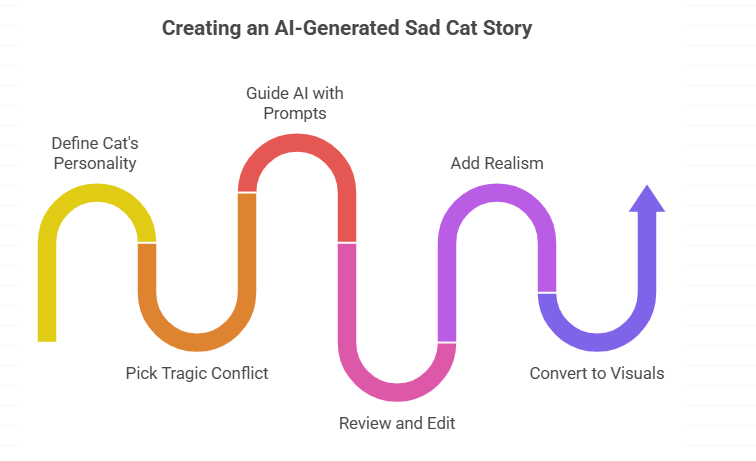
Tips to Make Your AI Generated Sad Cat Story Go Viral
You’ve built your masterpiece—now help the world find it.
Use Emotion Tags and Sentiment Prompts
Platforms today—especially VideoTube, Wattpad, and Reddit—favor content that’s both emotionally resonant and algorithmically clear. Don’t just title your story “Sad Cat.” Tag it with sentiments like:
- #HeartbreakAI
- #LostKittenJourney
- #MourningPaws
- #ai generated sad cat story
- #EmotionalCatTale
Use inline sentiment prompts in your metadata—some creators even label chapters with tone: [Yearning], [Betrayal], [Silent Goodbye]. This increases discoverability and emotional immersion.
Publish on the Right Platforms (Reddit, Wattpad, Medium)
Different platforms, different cats.
- Reddit (r/WritingPrompts, r/aww, r/TrueOffMyChest): Great for feedback and organic traction. Write your title like clickbait but sincere—“He Waited 109 Days. And She Never Came.”
- Wattpad: Feline fiction thrives here. Serializing your AI cat story—one sad chapter at a time—builds anticipation.
- Medium: Frame your story as “What This AI Cat Taught Me About Loneliness”. People love reflections with a narrative hook.
And of course, package your narrative into emotional scenes with VideoTube’s AI Shorts—they’re currently algorithmic gold, especially for the “wholesome-turned-sad” microgenre. A soft meow plus a flashback equals replay-worthy pain.
How to Title and Describe Your Story for Maximum Reach
Titles are emotional bait. Compare:
- ❌ “Sad Cat Story”
- ✅ “The Bowl Was Full. But He Never Ate Again.”
Descriptions should tease, not tell. For example:
A rescued kitten finally finds a home—only to lose it again. An AI-generated tale of hope, heartbreak, and a window that never opens.
Ensure your meta description includes the ai generated sad cat story keyword. For instance:
Discover a hauntingly beautiful ai generated sad cat story about memory, longing, and nine lives too few.
Pro tip: Include a short AI‑generated video clip (via VideoTube AI Shorts) in your post’s preview image or at the top of the blog—this boosts CTR and enhances emotional pacing.
Conclusion
In 2025, stories aren’t just written—they’re felt into existence. An ai generated sad cat story is no longer a gimmick; it’s a legitimate genre that blends tech and tenderness. The way AI now handles emotion is like a pianist who finally learned heartbreak—measured, delicate, devastating.





